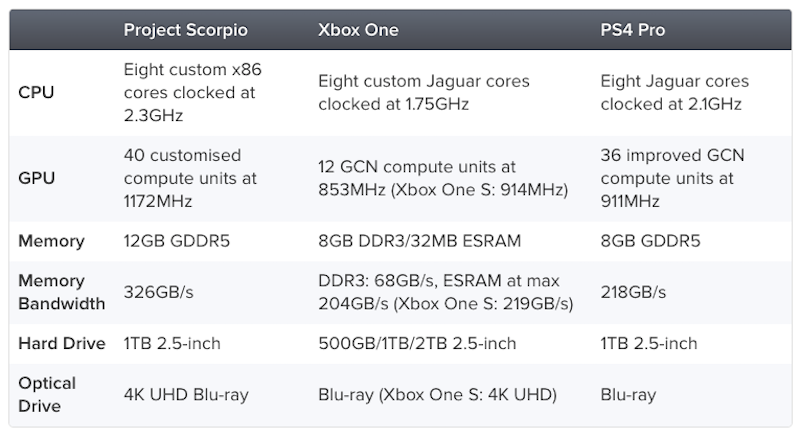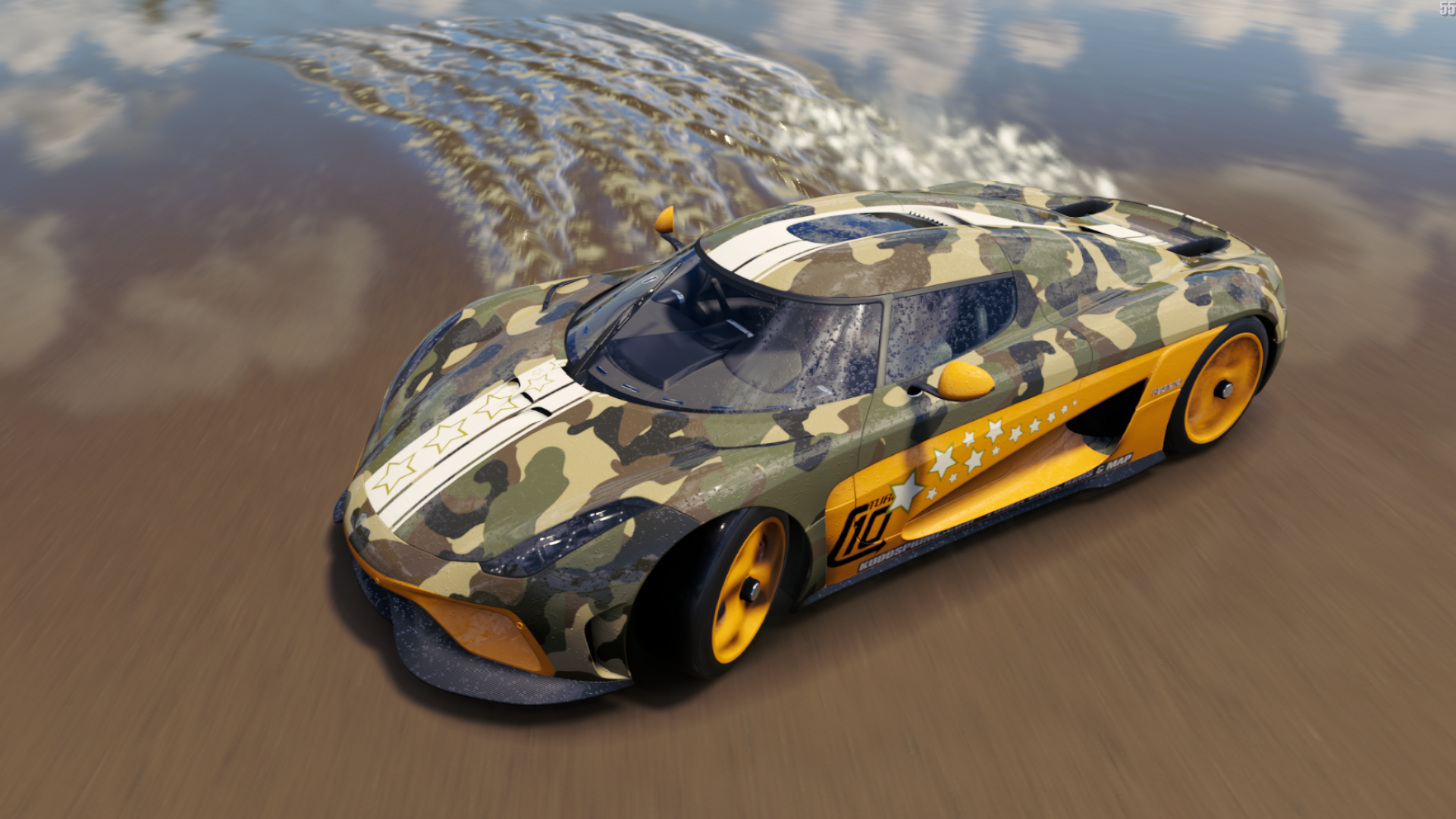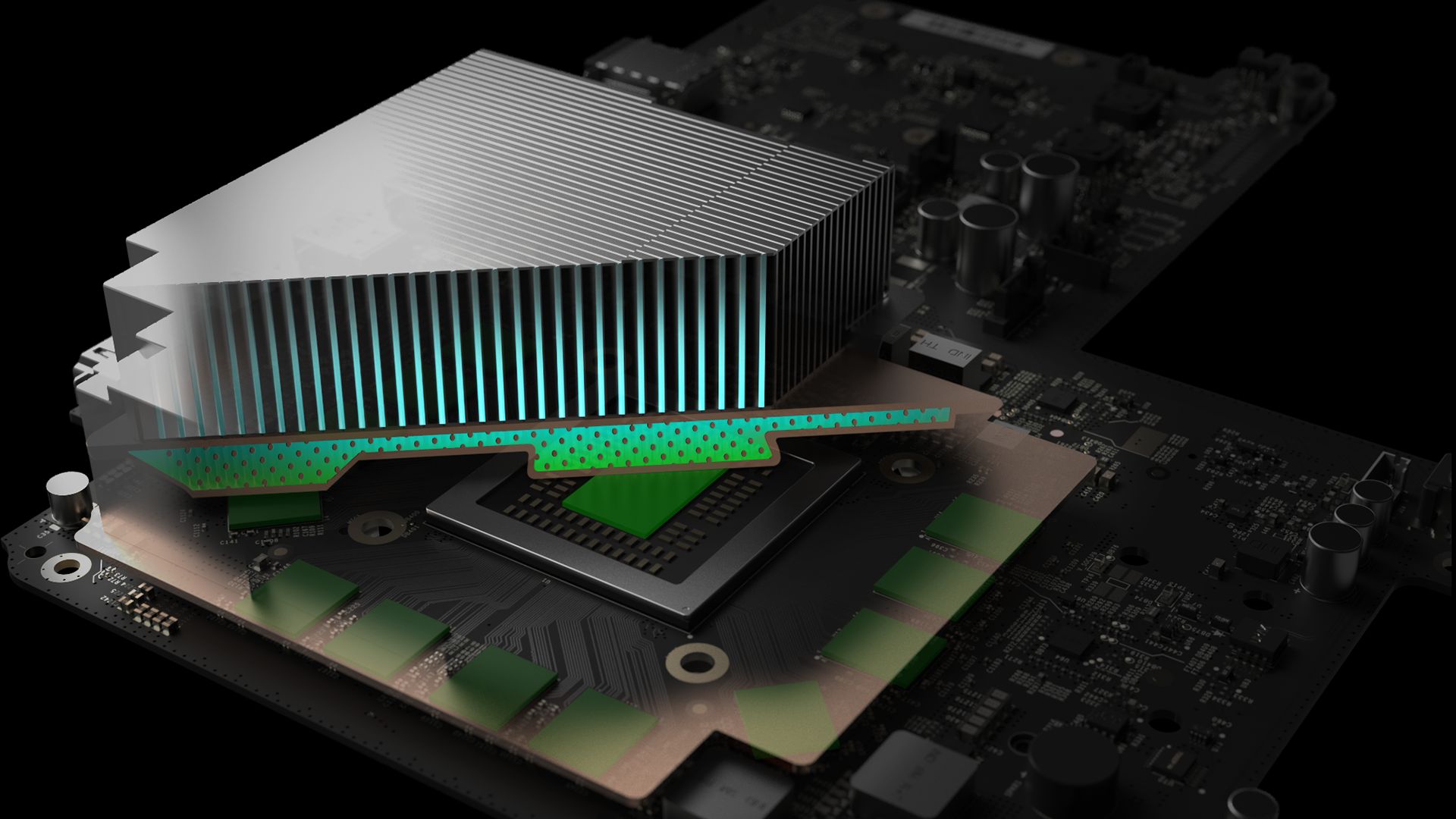Microsoft aims to challenge high-end PCs with Scorpio console
But how does it compare to our platform of choice?

Microsoft has revealed what's under the hood of its next console and it's packing some pretty impressive hardware. Codenamed Project Scorpio, it's still missing a final name, release date, and, crucially, price—however its specifications certainly suggest it lives up to its "most powerful console ever" billing.
As revealed to Eurogamer's Digital Foundry, the Scorpio's technical specifications include a CPU that has eight custom x86 cores clocked at 2.3GHz. Its GPU has 40 customised compute units clocked at 1172MHz; and the Scorpio boasts a generous 12GB of GDDR5 RAM with a memory bandwidth of 326GB/s—substantially higher than the 8GB and 256GB/s of AMD's RX 480 PC graphics card. Its hard drive is spacious at 1TB, however Scorpio does not come equipped with an SSD.
Here's how all of that stacks up against its other console competition:

If we dig into the specs a bit more, it's pretty clear that Microsoft set out to rectify the Xbox One's second place finish relative to the PS4. It looks like the goal was to beat PS4 Pro on every spec, and by the numbers Scorpio does exactly that.
The CPU is a tuned version of the existing Jaguar architecture, which is supposed to be about 10 percent more efficient (10 percent better IPC) compared to the Xbox One. AMD debuted Jaguar in 2013, and it's since been used in the original PS4 and XB1. Combined with a process shrink from 28nm TSMC planar transistors to 16nm FinFET, this allows Microsoft and AMD to clock the CPU about 30 percent higher, resulting in 40 percent better overall performance.
Anyone thinking Scorpio would get some form of Zen, AMD's latest processor generation, will be disappointed here. The full 8-core Ryzen chip is some 192 mm^2, while the entire Scorpio SOC measure in at 360 mm^2. Most of that space will be put into the graphics side of things, and drawing on the RX 480 8GB comparison, that's a 232 mm^2 chip. But the console didn't really need a completely new CPU architecture, since having a fixed platform allows developers to extract more from the available hardware.
It makes sense to keep with the same CPU architecture, as it means Microsoft won't need a completely different set of optimizations for Scorpio vs. Xbox One / One S. Scorpio's CPU is faster, and it will still benefit from the low power tuning of the Jaguar cores.
Keep up to date with the most important stories and the best deals, as picked by the PC Gamer team.

Moving over to the GPU side of things, here's where Microsoft really invested a lot of hardware. With 40 compute units (2,560 shader cores), this is a slightly bigger GPU than the RX 480 / Polaris 10. Also keep in mind that AMD's Polaris GPUs are manufactured using GlobalFoundries' 14nm FinFET process, while Scorpio uses TSMC's 16nm FinFET, so there's extra work involved with moving to a different process.
In raw performance, Microsoft and AMD have more than tripled the graphics capabilities of the Xbox One. With 6 TFLOPS of compute power, the chip will also need plenty of bandwidth to run at 4K, and that's where the memory configuration comes into play.
Gone is the 8GB DDR3 + 32MB ESRAM of Xbox One, and in its place is a full 12GB of GDDR5 sitting on a 384-bit bus, clocked at 6.8 Gbps. Working with ESRAM required more effort, and with five times the memory bandwidth it's no longer necessary to have a high-speed ESRAM cache. It looks a lot more like a PC design, which is good news.
Combined with the fine tuning that console software gets for the hardware—they know exactly what to expect and don't need to waste resources on potential alternative configurations—an RX 480 style GPU with 27 percent more memory bandwidth should be a good fit for running 4K native content. Note that Scorpio will also support downscaling of 4K content to 1080p displays (basically supersampling), so even if you don't have a cutting edge display you'll benefit from the hardware.
Microsoft demoed a Forza Motorsports build running at a full 4K locked at 60FPS with all of the settings of the Xbox One is capable of turned on. Xbox One player will no doubt be aware of screen tearing issues due to many games not being able to hit target framerates. Microsoft is claiming that Scorpio will completely solve this. With the Forza demo only utilizing between 60% and 70% GPU resources, there's definitely enough headroom there to ensure framerate targets are hit.
On the audio front, Scorpio will employ Dolby's Atmos system, allowing for true 7.1 surround-sound setups that utilize height effects. That means if you have an Atmos capable home receiver and full Atmos speakers setup, you'll be able to clearly hear airplanes and helicopters fly over you.
Headphone users won't be able to receive true multichannel support, but Microsoft is implementing Atmos for headphones anyway. Think Dolby surround for headphones that you find on many gaming headsets. The effect, while amusing, won't nearly be immersive as using discrete speakers. However, Microsoft is employing HRTFs (head-related transfer functions), that utilize ear and head dimension-modeling to accurately give you realistic 3D sound positioning. Those who have been around long enough to remember Aureal 3D's technology will appreciate how convincing the effect is. The only caveat with HRTFs is that Scorpio will require support baked in to the game.

How does all of this compare to our PC platform? It's a bit apples to oranges, since we have the ability to customize all of our components. The best approximation of the performance offered by Scorpio is our budget PC build, which includes a Core i3-7100, 8GB RAM, and an RX 480 8GB graphics card. It also has a larger case, PSU, and a 500GB SSD, and it costs around $700.
So how exactly does this represent a challenge to high-end PCs? It's all in the semantics and the development environment. PCs have to run a large and complex operating system, and there are as many potential combinations of PC hardware as there are stars in the sky. That makes for an extra level of complexity in the software, and developers can't always count on a specific feature being present. This is part of why PC game releases often have much higher system requirements relative to consoles.
Put another way, the current Xbox One has hardware that looks positively pathetic in many areas. Sure, it has eight CPU cores, but each CPU is about one third the performance of a single i3 core. Eight of them working together might, maybe, match a Core i3 in a few specific workloads. The graphics meanwhile is like an HD 7770, a chip that came out in early 2012 and which would struggle with modern games. But because the platform is fixed, that slow hardware is able to keep up with PCs that are several times faster.
Now triple the performance of the Xbox One, and you can see how this might challenge a desktop PC for gaming prowess. It doesn't have the raw power a PC has, but it makes better use of its power.
Eurogamer guesses Scorpio will sell for $499, which seems reasonable. Take out some of the extras you get from a PC and that's a pretty similar overall price. Today's top-end PC GPUs like the GTX 1080 are still much better suited to 4K gaming at high and ultra settings, and CPUs like AMD's Ryzen and Intel's Kaby Lake are much newer, more efficient architectures. If Scorpio ends up a capable 4K 60 fps gaming machine, that should only mean good things for PC gaming: we should expect all the ports from Microsoft's console to meet that standard on PC, too.


